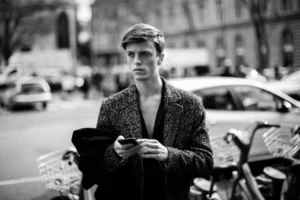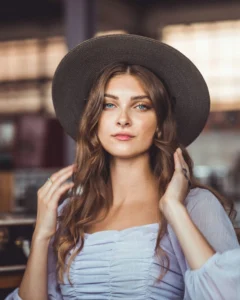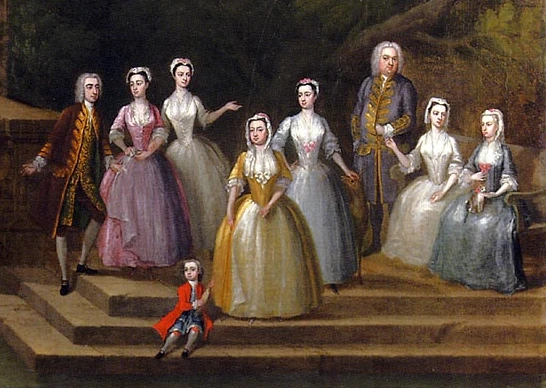
The 1700s women’s fashion is a captivating journey through a period of elegance, extravagance, and refinement. From the luxurious Rococo style dresses worn by the aristocracy to the simpler attire of colonial women, fashion in the 18th century reflected not just personal taste but also social standing and political influences. This article dives into the intricate details of 18th-century women’s clothing, exploring the evolution of styles, notable trends, and the major influences on fashion during this era. Whether you’re a history enthusiast or simply fascinated by the elegant styles of the past, this comprehensive guide offers valuable insights into the opulent world of 1700s women’s fashion.
1. Georgian Era Fashion
The Georgian era fashion, spanning much of the 18th century, was defined by elaborate designs, grand silhouettes, and attention to detail. Named after the British monarchs George I to George IV, this era saw women’s clothing evolve into a symbol of wealth and status. Women of high society donned gowns made from luxurious fabrics like silk, satin, and velvet, often decorated with lace, ribbons, and intricate embroidery.
Georgian fashion included wide skirts, supported by hoop skirts and panniers, and tight-fitting bodices that emphasized a slender waist. The contrast between the fitted bodices and voluminous skirts was striking and became one of the most iconic looks of the century.
2. Rococo Style Dresses and Baroque Women’s Attire
One of the most influential fashion movements in the 1700s was the Rococo style. Characterized by its ornate, decorative elements, the Rococo style dresses were lighter, more playful, and often adorned with pastel colors, floral patterns, and delicate lace trimmings. This was a departure from the heavier, more structured Baroque women’s attire of the earlier part of the century, which was known for its darker, richer tones and grandiosity.
The Baroque fashion was marked by grandeur and opulence, featuring heavy brocades and stiff fabrics. But as the Rococo style gained popularity, women’s fashion became softer and more feminine, mirroring the artistic trends of the time, particularly in France.
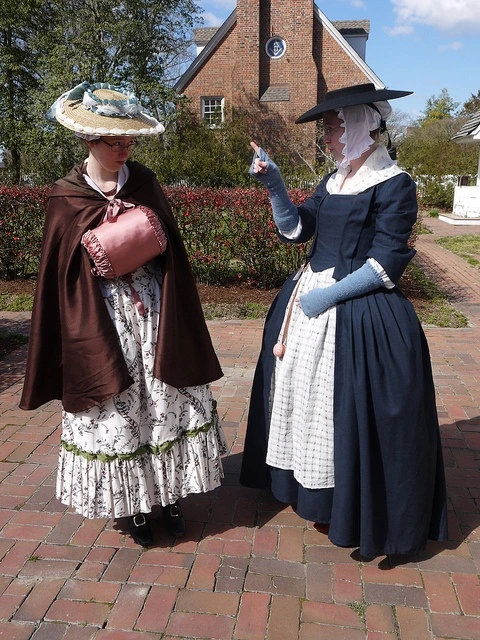
3. Colonial Women’s Fashion
Across the Atlantic, Colonial women’s fashion in America was more practical compared to the elaborate styles seen in European courts. While the upper classes still aspired to imitate European trends, the harsher conditions and more modest lifestyles of colonial life led to simpler designs. Fabrics like cotton and wool were more common, and women’s clothing was functional yet still stylish.
Colonial gowns were often similar in cut to those in Europe, but the materials used were more practical for daily wear. While the wealthy might still wear 1700s silk and lace gowns, the average colonial woman relied on sturdy, handmade clothing.
4. Gowns in the 1700s: From Everyday Wear to Court Fashion
The gowns of the 1700s were a central element of women’s fashion. The iconic 18th-century ballgowns featured wide skirts, low necklines, and sleeves that flared at the elbows. These gowns were reserved for formal events and balls, where women could showcase their wealth and taste.
In contrast, everyday gowns were less extravagant but still fashionable. Fashion trends of the 1700s dictated that women’s gowns be layered, with an underdress or petticoat and an outer gown. The fitted bodices and full skirts remained a consistent theme throughout the century.
At the French court, the influence of Marie Antoinette fashion became significant during the latter part of the century. Known for her extravagant style, Marie Antoinette popularized larger and more elaborate gowns, often accentuated with towering wigs and extravagant accessories.
5. Corsets, Petticoats, and Accessories
No discussion of 1700s women’s fashion would be complete without mentioning 1700s corsets and petticoats. Corsets were essential for shaping the body into the fashionable silhouette of the time. Tight lacing was used to create an exaggeratedly small waist, while petticoats added volume to the skirts.
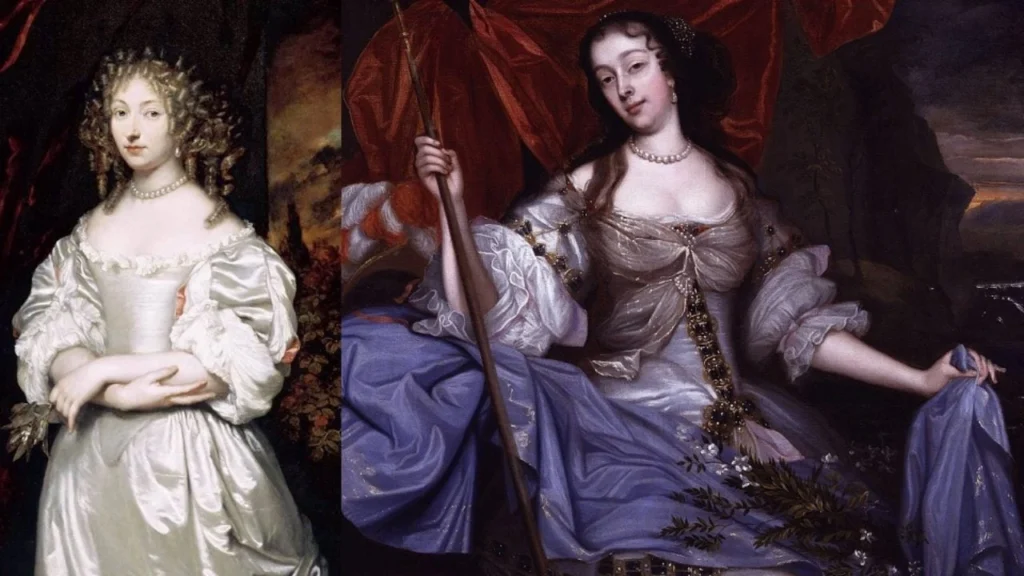
Fashion accessories in the 1700s were also a major part of a woman’s outfit. Fans, gloves, and handbags were common, and women often wore delicate jewelry to complement their gowns. Shoes, made of silk or brocade, featured pointed toes and high, curved heels.
Hairstyles and wigs in the 18th century were equally elaborate. Women’s hair was often styled high on the head, with wigs becoming popular among the aristocracy. Wigs were powdered to a white or light gray color and adorned with ribbons, flowers, and even feathers.
6. Women’s Fashion During the Enlightenment
The Age of Enlightenment in the late 1700s brought a shift in cultural and intellectual thinking, and this was reflected in women’s fashion during the Enlightenment. The elaborate styles of the Rococo fashion began to wane, replaced by more streamlined. Simpler designs that aligned with the philosophical ideas of reason and progress.
As the century drew to a close, Regency era women’s fashion began to emerge, marked by a return to classical Greek and Roman influences. High-waisted gowns, often referred to as Empire-waist dresses, became popular, signifying a shift away from the wide skirts and tightly fitted bodices of earlier decades.
Conclusion
The 1700s women’s fashion is a testament to the creativity, elegance, and craftsmanship of the time. From the intricate Rococo style dresses to the practical yet stylish Colonial women’s fashion. The trends of the 18th century reveal much about the social, cultural, and political influences of the era. Whether it was the courtly influence of Marie Antoinette or the intellectual shift during the Enlightenment. Women’s fashion during this time continued to evolve and adapt to the changing world around it. Understanding these trends not only provides a window into the past but also highlights the timeless allure of fashion.
For more interesting fashion blogs visit our website
FAQs
- What were the main fabrics used in 1700s women’s fashion?
The main fabrics included silk, satin, brocade, cotton, and wool. Wealthy women often wore gowns made of silk and lace. While everyday wear for most women consisted of cotton and wool. - How did Marie Antoinette influence fashion in the 1700s?
Marie Antoinette popularized extravagant and elaborate styles, including oversized wigs. Wide skirts supported by panniers, and richly decorated gowns with intricate details. - What was the purpose of wearing corsets in the 1700s?
Corsets were worn to shape a woman’s figure, emphasizing a small waist and providing support for the gowns, which had fitted bodices. - How did colonial women’s fashion differ from European trends?
Colonial women’s fashion was more practical and functional due to the different lifestyle in America. Although the wealthy still tried to imitate European styles to some extent. - What characterized Rococo style dresses in the 1700s?
Rococo style dresses were lighter, more playful, and often featured pastel colors, floral designs, and lace decorations, reflecting the artistic trends of the time.


